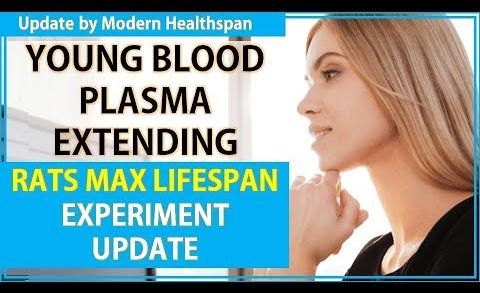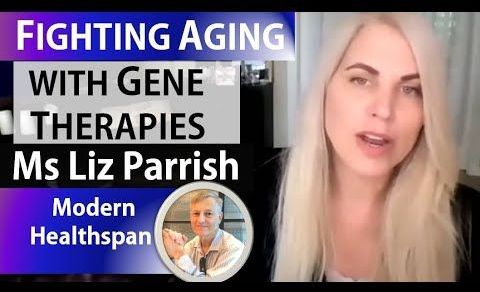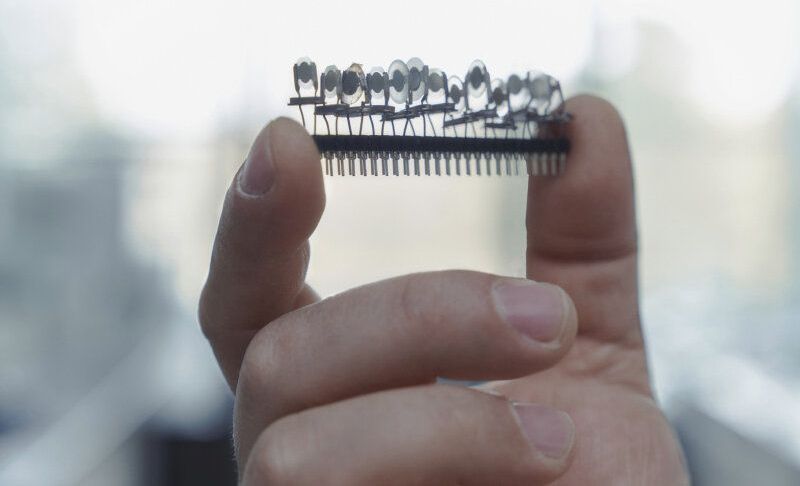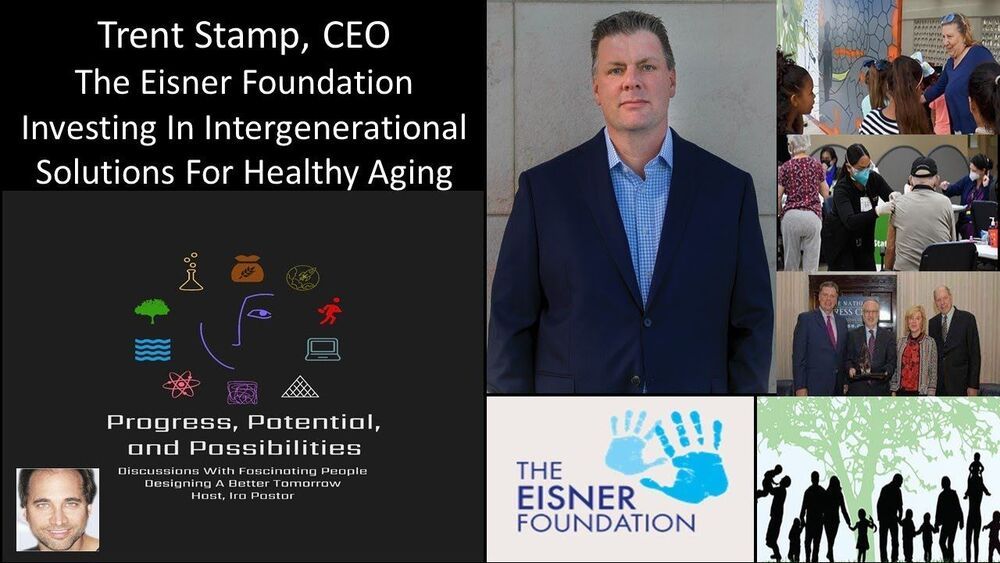Things to note: Treating the rats until they die. They are at 31 months and the longest they have lived without treatments is 38 months. Also, a small number of people have done this and though ailments like arthritis go away they still look elderly.
We recently had an update from Professor Rodolfo Goya who is conducting a follow up experiment from the one that Dr. Katcher first did in India, showing a rejuvenation in old rats. This video goes through the update that we had and provides a short introduction to the background.
Nicolas Chernavsky recently also did an interview with Didier Coeurnelle which discussed the update, which you can find here : https://youtu.be/GMNXjvXV268
Our earlier videos on the previous experiment and interview with Dr. Katcher are in this playlist https://www.youtube.com/playlist?list=PLkfzM7KJv6vaIQZ_n3WS6FHTpBtfS2lzw.
Health claims Disclosure: Information provided on this video is not a substitute for direct, individual medical treatment or advice. It is the responsibility of you and your healthcare providers to make all decisions regarding your health. Products or services mentioned in this video are not a recommendation.
Disclosure: Some of the links provided are affiliate links. Although we may receive a small commission from the affiliate, the cost of the product for you will always be the same, or often discounted. Thank you for supporting our channel.
AUDIO COPYRIGHT STATEMENT:
Please note that we have full authorization to the music that we used in our videos as they were created using the service WeVideo which provides the rights to the music. The rights are detailed in the terms of use that can be reviewed here https://www.wevideo.com/terms-of-use and any following inquiries should be addressed to [email protected].
CIRCLE DNA TEST 30% DISCOUNT (DNA Test, Not a Biological Age Test)
https://ambassador.circledna.com/l/13…









